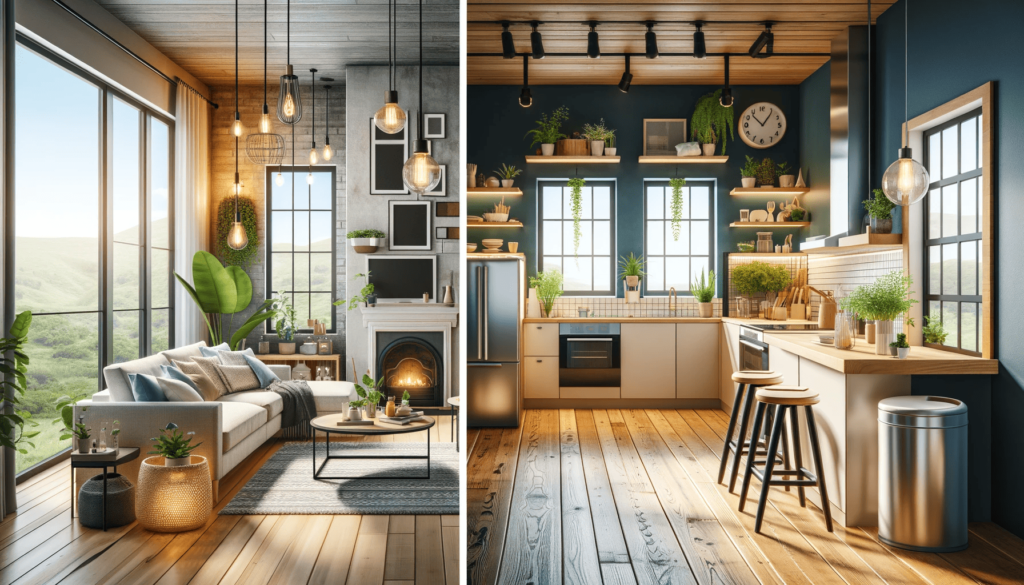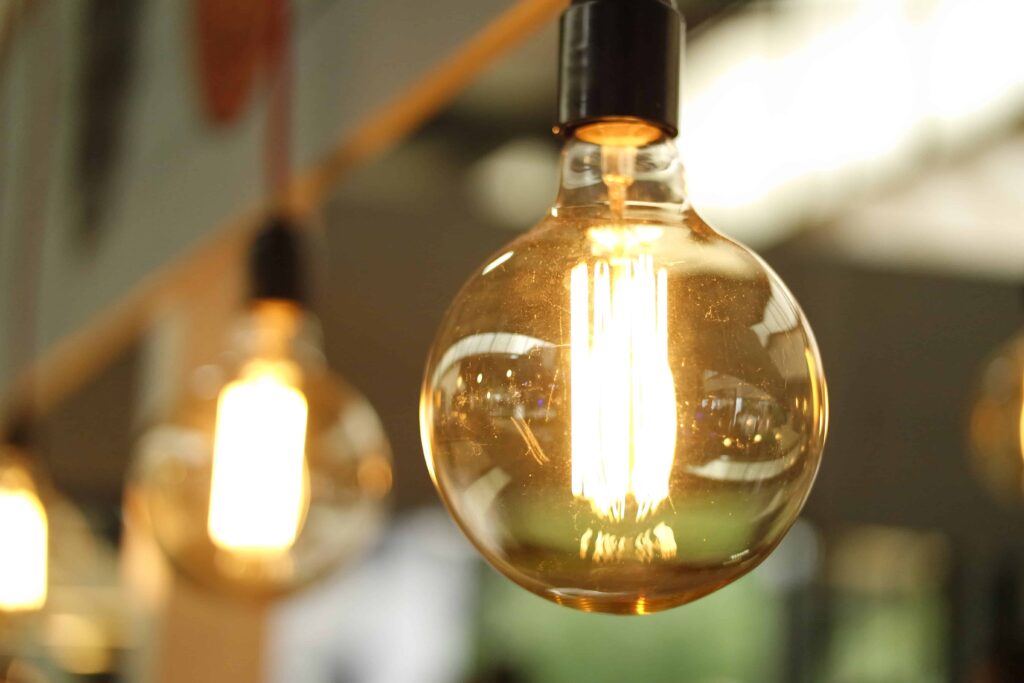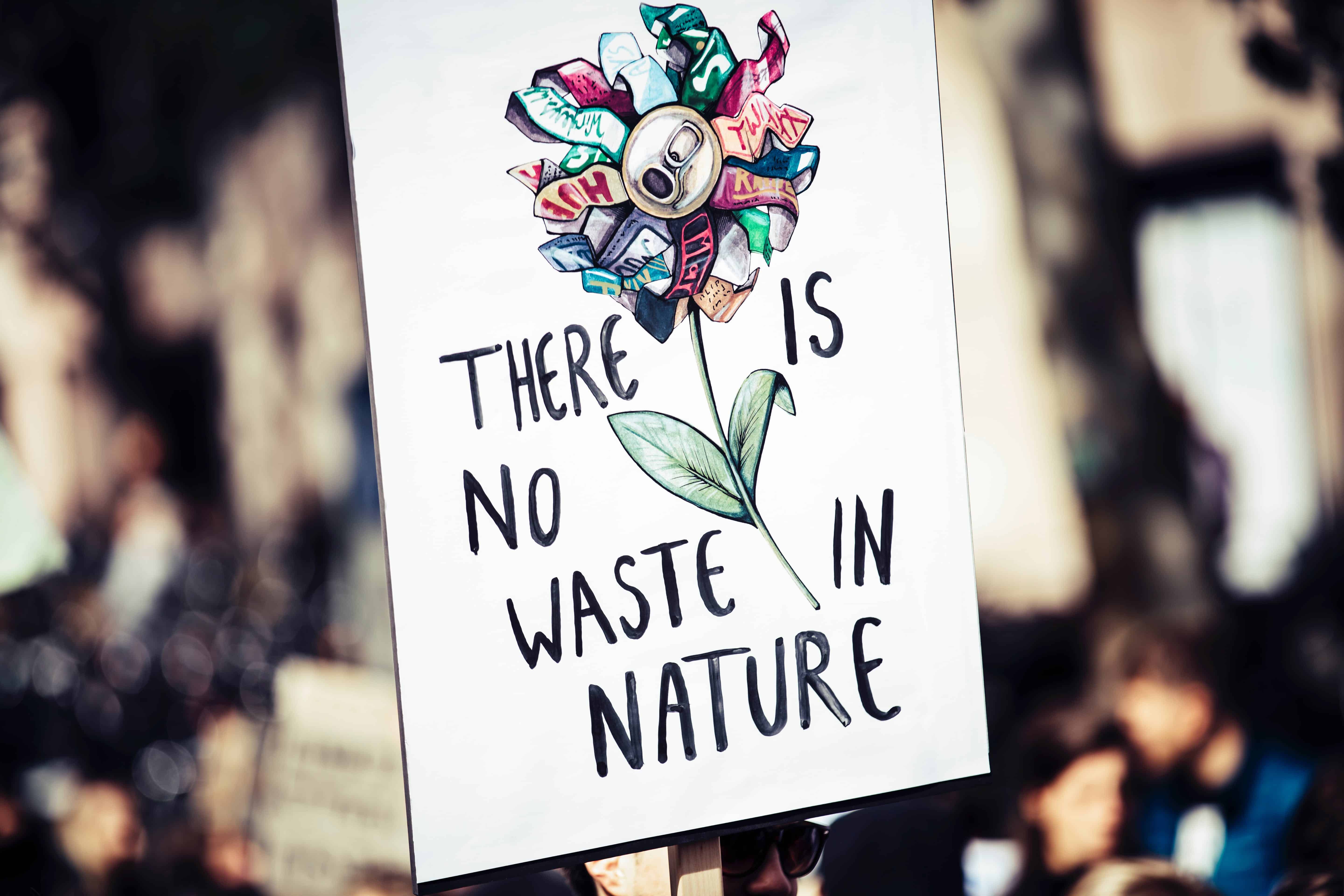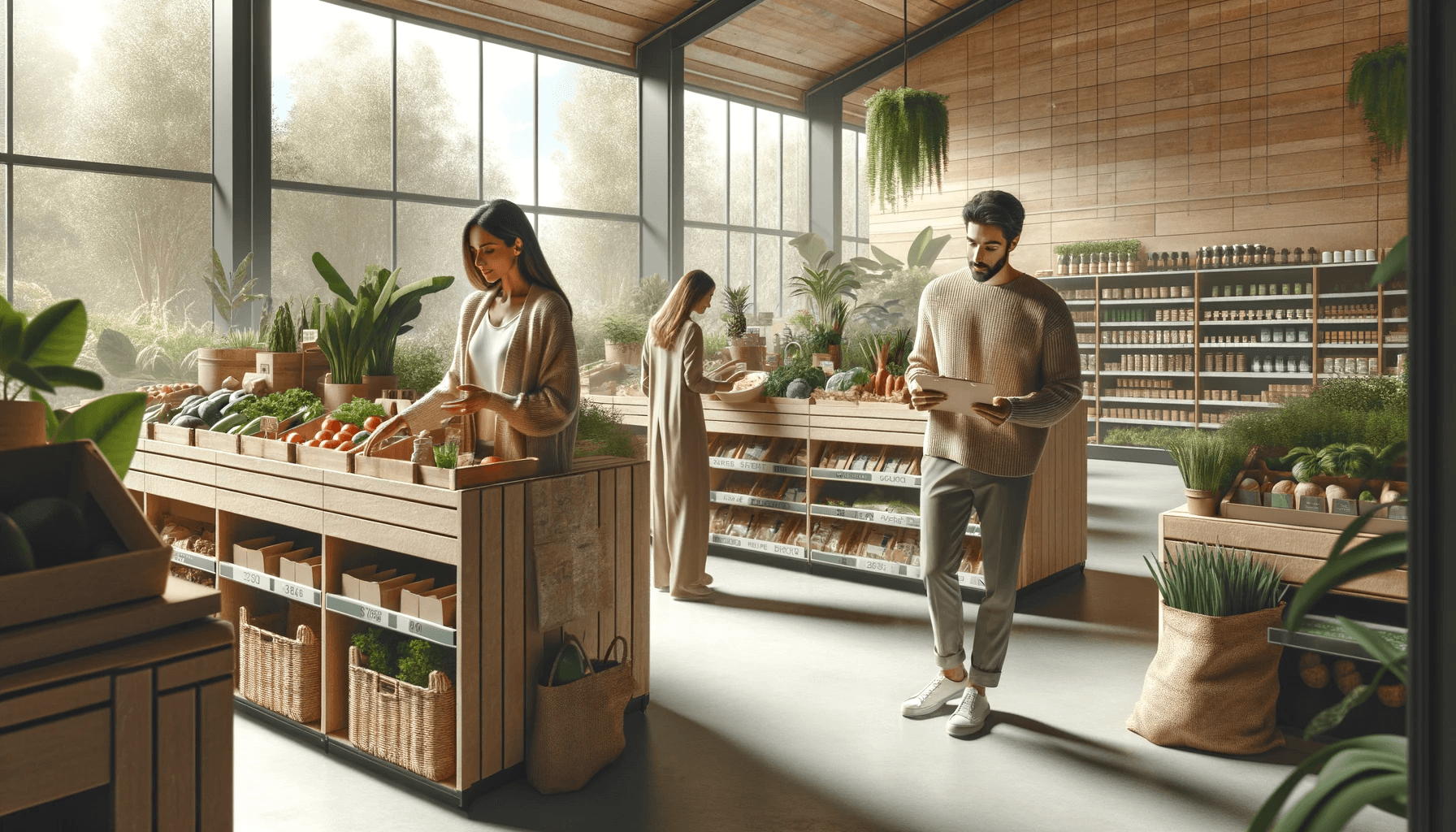
ECO-FRIENDLY HOME
Make your Home Go Green
Many homeowners aim at making a home that is cozy and eco-friendly. The impacts of this environment friendly housing improvements are both positive towards the environment and assists in saving energy as well as promoting a healthier living atmosphere. Thinking of sustainable additions to your house could help in reducing carbon footprint, lowering energy costs, and also improving its level of energy efficiency. If you want to know everything about sustainability for your house check the guide on the best Sustainable Home Books to Help You Create the Eco House of Your Dreams
What are the Benefits of Eco-Friendly Home Improvements?
Eco-friendly home improvements should be considered for several reasons. One of the greatest benefits is turning your previous house into a green house thereby reducing your carbon footprint. It is possible to make your home more environmentally friendly and contribute to a cleaner planet through sustainable materials and energy efficient technologies. Besides resulting in decreased energy costs, these changes also enable you to save money as well as reducing your home energy consumption. Additionally, creating a healthy living environment is another advantage that can be gained from eco-friendly home improvements because these enhancements may boost indoor air quality and well-being generally.
How Can I Make My Home More Energy-Efficient?
Making your home more energy-efficient is essential for reducing energy use and minimizing costs. Installing low-flow showerheads and fixtures in bathrooms and kitchens not only conserves gallons of water per minute but also, upgrading to energy-efficient light bulbs can significantly lower your electricity consumption. Improving home insulation is another crucial step, as it can reduce the amount of energy required to heat and cool your home.

What are the Key Eco-Friendly Upgrades for My Home?
Your old home can become an energy-efficient living place through some major updates. It is suggested by the Department of Energy that solar panels should be put on your home; this way, you will be able to utilize solar energy rather than relying on traditional power sources. On the other hand, Energy Star appliances are a good choice for your next upgrade since they use less amount of energy yet offering similar services. Also, a tankless water heater in your green home can facilitate saving of home energy because it heats water only when needed thereby reducing standby energy losses.
How Do Sustainable Home Improvements Impact the Environment?
The environment benefits a lot from sustainable home improvements in older homes. These improvements help in energy saving which leads to conservation of limited natural resources and lessens the burden on the environment. Besides, adding eco-friendly fixtures such as low-flow faucets or showerheads to your house can save gallons of water per minute and encourage water conservation. Finally, practicing green living in everyday life in your green home can result in less household waste that ends up being dumped in landfills and therefore makes our planet more sustainable.

What Are Some DIY Eco-Friendly Home Improvement Ideas?
If you want to create an energy efficient sustainable living space for your old home, then it’s better that you start with DIY eco-friendly home improvements. Installing programmable thermostats and smart lighting systems in your house can make it be a smart home, which normally leads to massive energy savings. Instead of using paints that contain some chemicals that are harmful to human beings and the environment during home renovation projects, use eco-friendly paints that help protect indoor air quality and prevent the release of dangerous toxins into the atmosphere. Moreover, you can improve your home’s energy efficiency by sealing and insulating windows as well as doors in order to reduce usage of heating and cooling equipment.
20 Eco-friendly Budget Upgrades
- Recycle and Reuse: Make the most of recyclable materials and reuse containers and packaging.
- Home Composting: Turn organic waste into compost for plants.
- Use of LED Bulbs: Swap traditional bulbs for low-energy LED bulbs.
- Reducing Water Consumption: Install water-saving devices such as faucet aerators and low-flow showerheads.
- Energy Conservation: Unplug electronic devices when not in use and use power strips with switches to prevent phantom power consumption.
- Grow an Herb Garden: Cultivate herbs at home to reduce the use of packaged products.
- Reusable Bags: Use reusable bags instead of disposable plastic bags when shopping.
- Natural Cleaning Products: Make homemade cleaning products with natural ingredients such as vinegar, baking soda, and lemon.
- Reduce Meat Consumption: Incorporate more vegetarian meals into the diet to reduce carbon footprint.
- Use Public Transport or Bicycle: Opt for public transport, walking, or cycling instead of using a car.
- Window and Door Insulation: Use low-cost materials to improve thermal insulation at home.
- Repair Instead of Discard: Fix broken items instead of discarding them and buying new ones.
- Promote Recycling at Home: Place recycling bins to facilitate the waste separation process.
- Low-Flow Shower: Install a low-flow shower to reduce hot water consumption.
- Turn Off Lights and Appliances: Remember to turn off lights and appliances when leaving a room.
- Use Cloth Handkerchiefs: Replace disposable tissues with washable cloth handkerchiefs.
- Reduce Single-Use Plastics: Avoid the use of single-use products such as straws, cutlery, and disposable plates.
- Reuse Rainwater: Install a simple system to collect and reuse rainwater in the garden.
- Natural Home Ventilation: Take advantage of natural ventilation by opening windows instead of using air conditioning.
- Promote Use of Durable Products: Opt for high-quality, durable products instead of low-quality disposable items.
Conclusion
These twenty simple and cheap ideas are a great way to make your home more environmentally friendly. By starting with recycling, reducing energy use, conserving water, and managing sustainability options there are benefits to be had not only for your loved ones but also the entire Earth. Small steps can have big results; by acquiring these earth-friendly practices you are moving in the right direction of changing towards a more sustainable and eco-friendly lifestyle.

FAQ
Q: What are some eco-friendly home upgrades that can help reduce energy usage?
A: Installing solar panels, changing to low-flow fixtures, LED bulbs and use of paint with fewer chemical ingredients will greatly reduce the amount of energy consumed by a house hence lowering power bills and making it more environmentally friendly.
Q: How can low-flow fixtures contribute to a more sustainable home?
A: In the bathroom and kitchen, low-flow fixtures include faucets, showers and toilets engineered to use less water without compromising on their performance when compared to their counterparts. They save water at home, minimize the bills for water and enhance green family habits.
Q: What is the impact of proper insulation on a home’s energy efficiency?
A: Proper insulation keeps your house more energy efficient by preventing heat transfer from outside as well as reducing the need for heating or cooling, which in turn save you money on electricity.
Q: How do solar panels contribute to a sustainable home?
A: By using renewable energy from the sun to power your home, solar paneling reduces dependence on conventional energy sources and shrinks your house’s carbon footprint.
Q: What role does a smart thermostat play in making a home more eco-friendly?
A: A smart thermostat optimizes heating/cooling by adjusting temperatures based on occupancy patterns and preferences which helps in saving energy resulting into reduced heating/cooling costs.
Q: How can upgrading windows and doors make a home more sustainable?
A: The alternative is using energy-efficient windows and doors which actually help decrease heat loss by providing better insulation; no cold drafts which also means lower utility bills (you will be able to spend less on warming up or cooling down) — all this makes your building ‘greener’.
Q: Why is it important to upgrade to energy-efficient appliances?
A: Energy-saving appliances consume less electricity than older versions; thereby assisting in conserving power; minimizing global warming emissions; saving cost on electric bills.
Q: How can eco-friendly paint contribute to a greener home?
A: The use of sustainable ingredients and the absence of toxic chemicals that are often found in traditional paints make eco-friendly paint good for improving indoor air quality and for the environment.
Q: What are the benefits of using low-flow showerheads in a home?
A: Low flow shower heads can save water bills, energy used to heat the water, decrease global warming. It’s just like taking a shower but less expensive than before.
Q: How do eco-friendly home upgrades help reduce the environmental impact?
A: Eco-friendly home upgrades that reduce energy and water usage can decrease carbon emissions, water usage, and contribute to saving our finite resources thereby reducing your house’s environmental footprint.
If you like this content, consider write a review or helping us support this project financially. Our socials here



